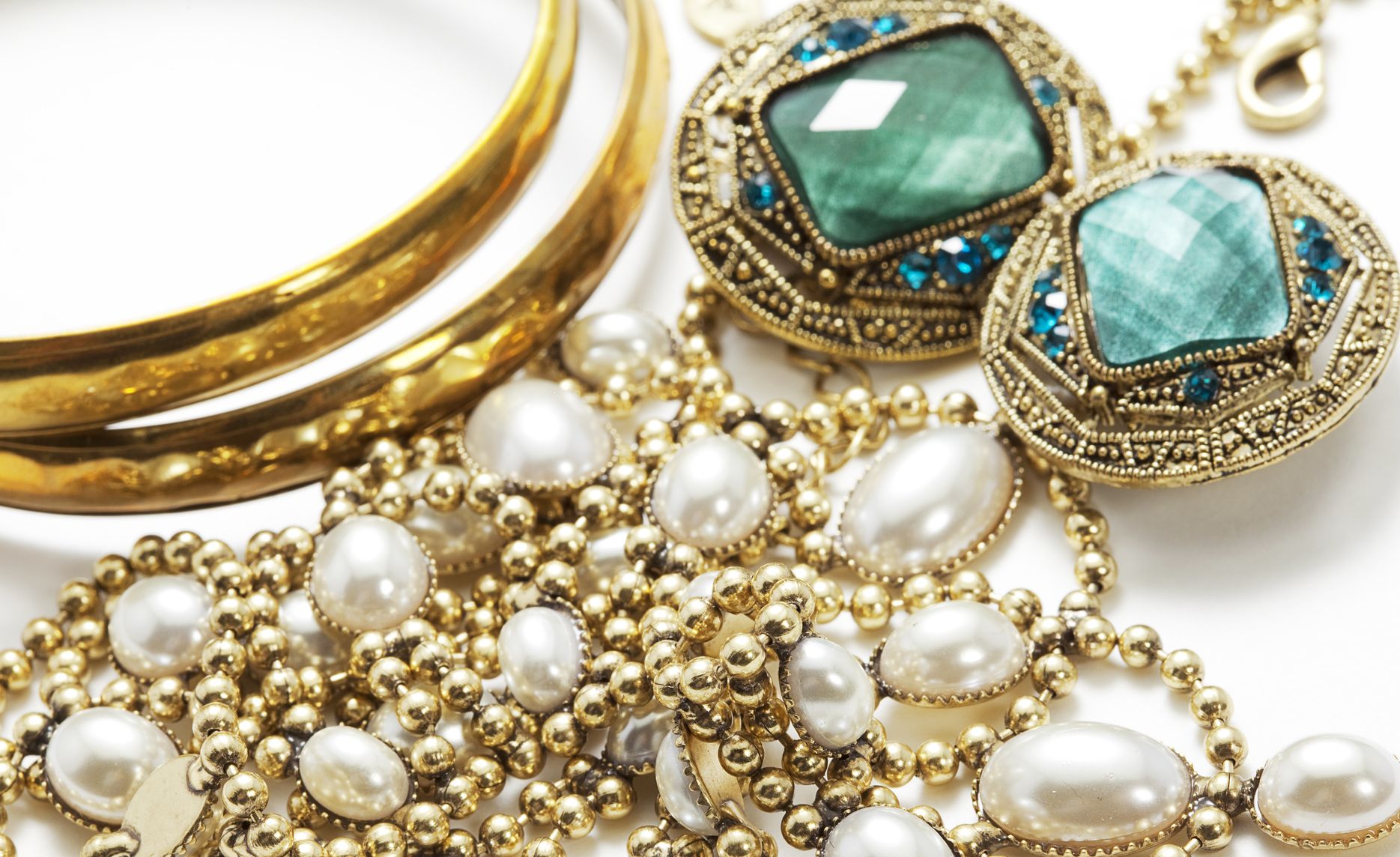Table of Contents
Introduction
In the realm of luxury and glamour, diamonds have long been revered as symbols of love, status, and timeless beauty. However, lurking beneath the surface of this dazzling industry lies a sinister secret: blood diamond. Also known as conflict diamonds, these gems have a harrowing tale to tell—one of exploitation, violence, and human suffering.
What are Blood Diamond?
Before delving deeper into the shadows, let’s shed some light on what exactly blood diamonds are. Blood diamonds, often extracted from war zones under brutal conditions, are illegally traded to finance armed conflict, civil wars, and human rights abuses. These diamonds are tainted with the blood of innocent people, exploited and oppressed in the pursuit of profit.
The Origins of Blood Diamond
To understand the present, we must first explore the past. The origins of blood diamonds can be traced back to regions plagued by conflict and instability, such as certain parts of Africa. In countries like Sierra Leone, Angola, and the Democratic Republic of Congo, rebel groups have seized control of diamond mines, using the profits to fund their violent campaigns.
The Human Cost
Behind every blood diamond lies a trail of devastation. The human cost of these illicit gems is staggering, with countless lives lost or forever scarred by violence and exploitation. Miners, often forced into labor under dire conditions, endure grueling workdays with little to no pay, while entire communities suffer the consequences of conflict and displacement.
The Impact on Communities
Beyond the glittering façade of the diamond industry, lies a stark reality for affected communities. The impact on communities living in proximity to diamond mines is profound, as resources are plundered and environments degraded. Moreover, the presence of armed groups perpetuates a climate of fear and instability, hindering socio-economic development and perpetuating cycles of poverty.
Environmental Degradation
In the pursuit of profit, environmental considerations are often sidelined, leading to environmental degradation in diamond-rich regions. Mining operations, characterized by deforestation, pollution, and habitat destruction, wreak havoc on delicate ecosystems, threatening biodiversity and exacerbating the effects of climate change.
Addressing the Issue: Steps Towards Accountability
While the challenges posed by blood diamonds are daunting, there is hope on the horizon. Addressing the issue requires a multi-faceted approach, encompassing regulatory measures, industry accountability, and community empowerment.
Regulatory Measures
Governments play a crucial role in combating the trade in blood diamond through regulatory measures such as the Kimberley Process Certification Scheme, which aims to prevent the flow of conflict diamonds into the mainstream market. However, critics argue that the effectiveness of such initiatives is limited by loopholes and lack of enforcement.
Industry Accountability
The man made diamonds industry itself must also take responsibility for ensuring ethical practices throughout the supply chain. From mining companies to retailers, transparency and accountability are paramount in safeguarding against the trade in blood diamond. Consumers, armed with knowledge, can also drive demand for ethically sourced diamonds, encouraging industry-wide reform.
Community Empowerment
Central to any sustainable solution is community empowerment, whereby affected communities are actively involved in decision-making processes and benefit directly from diamond revenues. By investing in education, healthcare, and infrastructure, diamonds can become a catalyst for positive change rather than a source of conflict and exploitation.
Conclusion: A Call to Action
As we reflect on the complexities of the diamond industry, one thing becomes clear: the need for action. The issue of blood diamond transcends borders and boundaries, demanding a collective response from governments, industry stakeholders, and consumers alike. By raising awareness, holding perpetrators accountable, and supporting initiatives that empower affected communities, we can pave the way towards a future where diamonds truly shine, untainted by blood and suffering. Together, let us embark on this journey towards a more just and ethical diamond trade, where every sparkle tells a story of hope, rather than horror.




![Best [pii_email_d793b7a0858bff655976] Android Apps](https://www.baur.eu/XooWebKit/bin/imagecache.php/ea1f9_f5db0b6369/77d3_BB5b9/Datenschutz.jpg?width=971)



